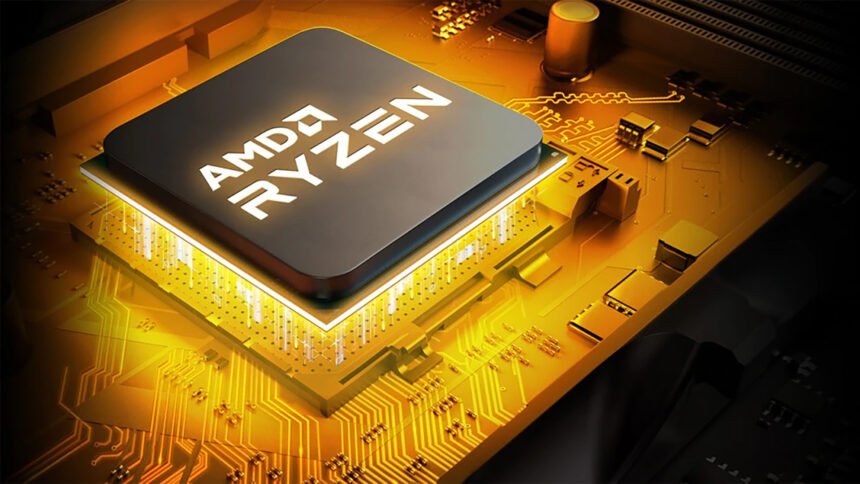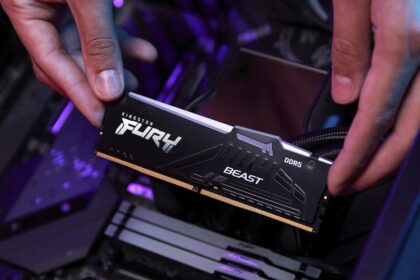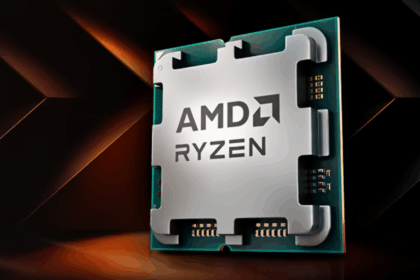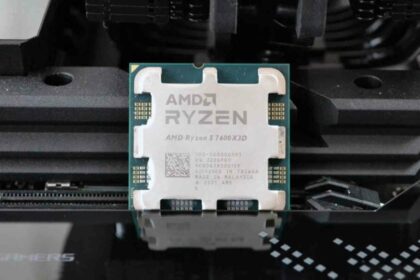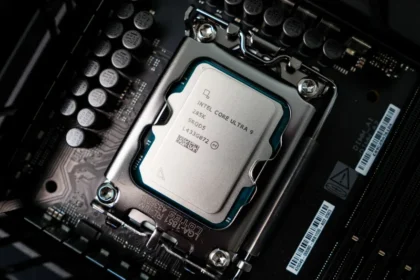AMD’s latest FidelityFX SDK update quietly introduced FSR 4 upscaling alongside FSR 3.1.5 frame generation, but the release also came with an unexpected twist: the company briefly uploaded the entire FSR 4 source code to GitHub.
Although the repository was quickly taken down, screenshots captured by outlets like Videocardz reveal some interesting details about AMD’s plans.
Two Flavors of FSR 4
The files showed two distinct versions of FSR 4:
- One designed for FP8 numerical format, optimized for AMD’s new RDNA 4 AI accelerators.
- Another experimental version built around int8, a lower-precision format.
The int8 version suggests AMD has at least explored ways to make FSR 4 compatible with older RDNA 3 GPUs, which lack the FP8 accelerators found in RDNA 4. Whether this version is functional—or ever intended for public release—remains unknown.
AMD accidentally posted FSR4’s Source Code and then tried to delete it all LOL
The repohttps://t.co/FOpsWIn5sf
Commit historyhttps://t.co/nIMoDMt0LF
— CaptainMcShotgun (@CaptMcShotty) August 20, 2025
Why int8 Support Matters
FSR 4 is AMD’s first upscaler restricted to a specific GPU family, breaking from its previous GPU-agnostic approach. By default, it only runs on RDNA 4 hardware thanks to its reliance on FP8.
An int8 variant could extend FSR 4’s reach to more GPUs, but with trade-offs:
- FP8 offers higher accuracy, leading to better image quality.
- int8 is less precise, which could result in a visual downgrade—similar to how Intel’s XeSS DP4a fallback looks worse than the XMX-optimized version.
AMD hasn’t officially commented on the int8 build, and given the accidental nature of the leak, it’s unlikely to be production-ready. Still, the fact that it exists shows AMD is at least testing broader support.
Meanwhile, the new FidelityFX SDK 2.0 now acts as a foundation for AMD’s future neural rendering efforts, including the upcoming FSR Redstone feature set. The SDK equips developers with the necessary tools to integrate FSR 4 and future technologies directly into their games.
Bottom line: AMD’s slip-up confirms it has experimented with FSR 4 on non-RDNA 4 GPUs, but only the FP8-based version is official for now. Wider GPU compatibility may come later—though possibly with compromises in image quality.

